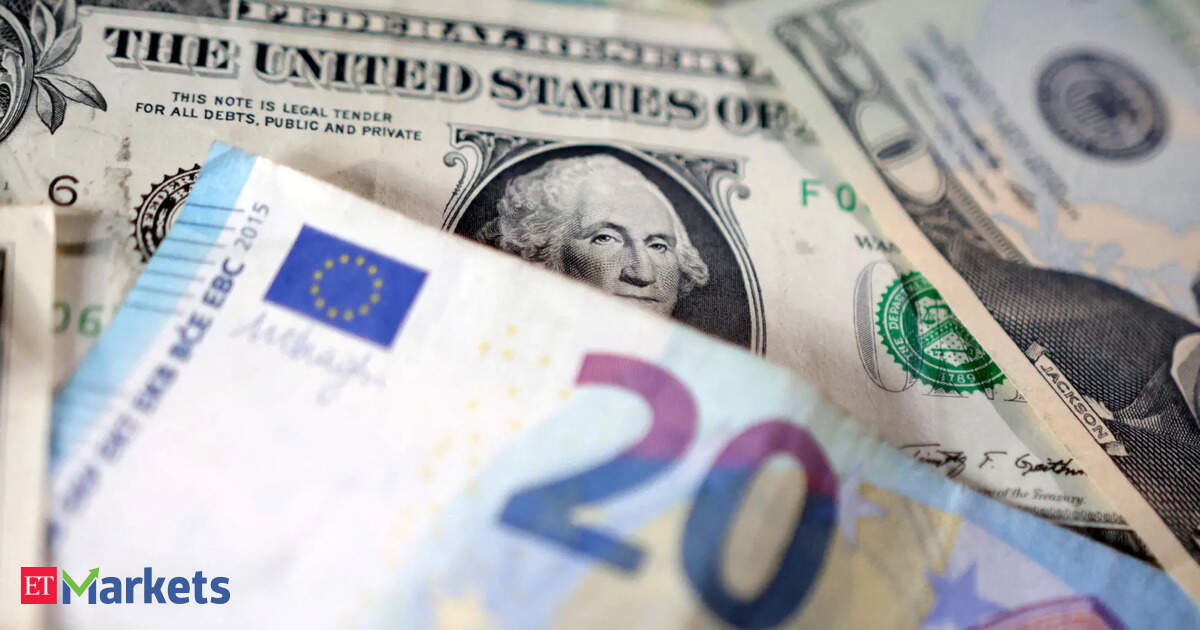Data on Tuesday showed that consumer prices rose in June, though the increase was seen as moderate. Wednesday’s producer price inflation report showed that prices were steady last month.
Powell has said he expects inflation to rise this summer as a result of Trump’s tariff policies. His comments have pushed out expectations of when the U.S. central bank is likely to cut interest rates.
But the labor market is showing signs of weakness even as headline job gains and the unemployment rate remain relatively solid.
“We’re waiting on the tariffs to become real and not just a negotiating ploy and waiting on the labor market to reveal itself,” said Lou Brien, strategist at DRW Trading in Chicago.
“Layoffs are at a lower level than they were pre-pandemic, but the hiring is terrible. And if, all of a sudden, the layoffs come up, we’re going to get a significant increase in the unemployment rate very quickly,” Brien said. Fed governor Chris Waller said on Friday that he favors a rate cut at the July meeting because he feels tariffs are likely to have a limited impact on inflation. Waller added that underlying data “are not indicating a super healthy private sector labor market,” and the Fed should “get ahead” of a possible hiring slowdown. Powell is facing almost daily criticism from Trump over the Fed’s reluctance to cut rates. The dollar tumbled on Wednesday on reports that Trump was planning to fire the Fed Chair, but rebounded after Trump denied the reports. Powell’s term will end in May.
Chicago Fed President Austan Goolsbee said he is a “little wary” about signs in the June consumer price index that tariffs are pushing up goods inflation, but still believes the U.S. economy is in a good place and the Fed’s policy rate can come down a “fair bit” over the next 12 months.
Fed funds futures traders are pricing in 46 basis points of cuts by year-end, implying that two 25 basis point cuts are seen as most likely, with the first coming in September.
The dollar index was roughly flat on the day at 98.49, and is on track for a 0.65% weekly gain.
The euro was last up 0.22% at $1.1621 but is headed for a weekly drop of 0.59%.
The euro pared gains after the Financial Times reported that Trump is pushing for a minimum tariff of 15% to 20% in any deal with the European Union.
Sterling was flat at $1.3411 and is heading for a weekly decline of 0.64%.
The Japanese yen was slightly lower against the greenback heading into Sunday’s upper house election, in which Japan’s ruling party looks vulnerable.
The dollar gained 0.1% to 148.75 yen and is on track for a weekly gain of 0.93%.
Polls suggest Japan’s ruling coalition is at risk of losing its majority, which would stir policy uncertainty at home and complicate tariff negotiations with the United States.
U.S. Treasury Secretary Scott Bessent told Japanese Prime Minister Shigeru Ishiba that their countries can reach a “good agreement” on tariffs, Ishiba said on Friday after meeting Bessent in Tokyo.
In cryptocurrencies, bitcoin fell 1.51% to $117,680, holding below a record $123,153 reached on Monday.
The U.S. House of Representatives on Thursday passed a bill to create a regulatory framework for U.S.-dollar-pegged cryptocurrency tokens known as stablecoins, sending the bill to Trump, who is expected to sign it into law.




